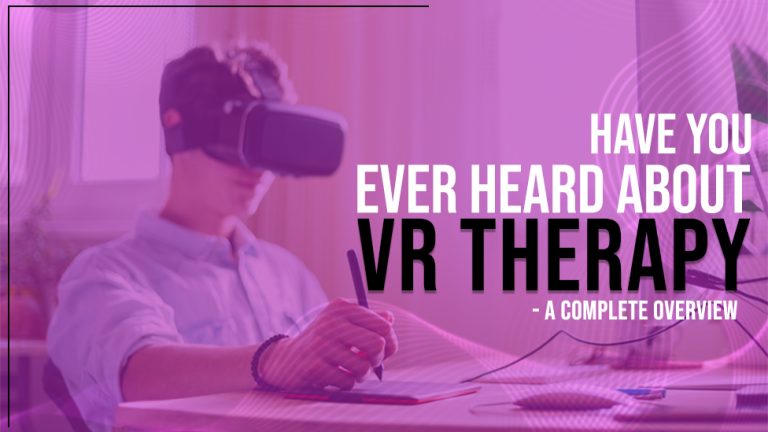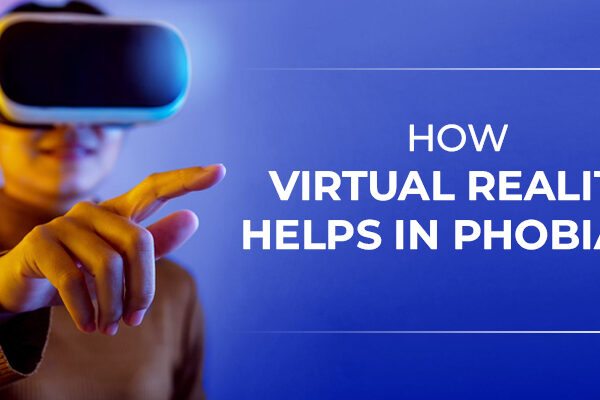In the past decades, virtual reality (VR), according to experts, could harm our brains and cause damage. Conversely, VR appears to be more likely to benefit our gray matter these days. VR therapy is used to identify and treat mental conditions ranging from social anxieties to severe pain to Alzheimer’s disease, thanks to a new surge of psychological study. Most of these remedies are still being tested in laboratories, although some are already being utilized in health facilities and therapists’ offices.
VR Therapy: What Is It?
Virtual reality (VR) seeks to replicate “reality while also constructing a world that is simultaneously immersive and participatory” and can work as an aid to cognitive behavioral therapy. Researchers discovered even virtual limbs (in VR) could seem difficult to distinguish from your actual in one particular report.
By incorporating more sensory data, the digital universe is made to appear more realistic. For example, auditory inputs entering both ears produce three-dimensional surround sound, and the sense of touch gives the impression of “physical interaction with the virtual world.
VR Therapy & Mental Health
Companies producing VR material for therapeutic effects are receiving a flood of attention and financing due to the growing interest in psychological health technology. While post-traumatic stress disorder has been effectively treated using virtual reality, these new applications cover a more comprehensive range of ailments. It can be used to improve mental health and can also be used as a tool for memory improvement techniques.
Modern VR contexts are primarily made to support exposure therapy, a method of treating anxiety disorders that involve exposing patients to anxiety-inducing stimuli in a secure, controlled environment until they realize that the “threats” they are afraid of are not actually that threatening.
For instance, a patient with height phobia might tour progressively taller structures with the help of their psychotherapist (in vivo exposure). In contrast, a patient with post-traumatic stress disorder might revisit terrible experiences in a therapeutic session.
Additionally, using VR allows therapists to have far more control over how intense the sensations of their patients are, which can improve therapeutic outcomes. Patients receiving VR therapy can perform impossible tasks in the real world. It is advisable to verify the VR therapy contents to be complete, tested, and experienced by psychologists. Patients and professionals will find selecting practical items with more precise guidelines and standards simpler.
VR Therapy: Does It Work?
VR-guided chants provide an immersive environment that, consequently, more closely replicates a real-world rehabilitative experience for the user and has a more profound impact on relieving stress and anxiety. This therapy aids in reducing phobias, which can otherwise be intimidating and stressful.
It also incorporates concentration exercises for students to improve memory and concentration power which can drastically boost people’s performance in every aspect of their life.
Virtual reality apps can train clients in movements that will help them overcome various barriers and heal from injuries. The best examples are prosthetics training and recovering from physical trauma like repetitive stress injuries. It has been demonstrated that patients recovering from strokes and various profound bodily injury benefits from stimulating the neurons utilizing VR training.



